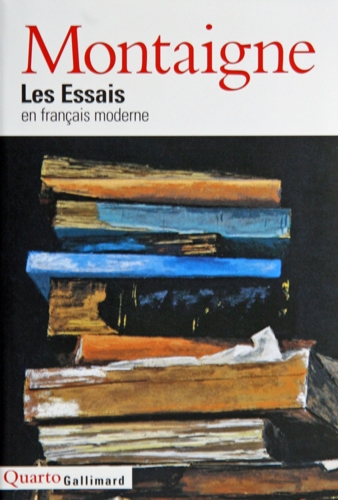Scrambled Eggs
Saturday, July 25, 2009 by Billy
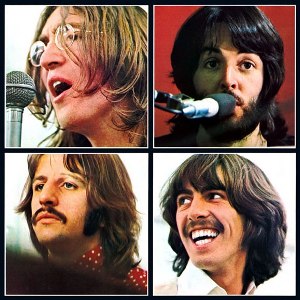 John, Paul, Ringo and George (Cover of Let it Be – 1970) |
Paul McCartney had only just woke up in his room in London, one morning in 1964, when he hurried to the piano and turned on a tape recorder. During the night, he had dreamed of a melody he did not want to let slip into the recesses of his mind.
In order not to lose it then, he played it with temporary lyrics inspired by the breakfast he was just about to take with his girlfriend: 'Scrambled Eggs… Oh, baby, you've got so lovely legs'.
The music was here, the whole of its melody so precisely composed that McCartney was not sure at first it was truly a creation of his own. He feared it might be involuntary plagiarism, that he subconsciously remembered a music composed by someone else. 'For about a month', he told later, 'I went round to people in the music business and asked them whether they had ever heard it before. Eventually it became like handing something in to the police. I thought if no-one claimed it after a few weeks then I could have it.'
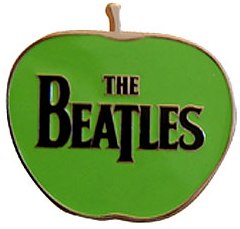 Beatlemania was as its peaks at the time. The group of four boys from Liverpool — whose name was a pun made of The Beetles (one among their many first names, and a tribute to Buddy Holly's group The Crickets) and 'to beat' — had turned into the world's most famous band in the history of popular music in the 20th century. Even, first dissensions had appeared, that would make the band break in 1970.
Beatlemania was as its peaks at the time. The group of four boys from Liverpool — whose name was a pun made of The Beetles (one among their many first names, and a tribute to Buddy Holly's group The Crickets) and 'to beat' — had turned into the world's most famous band in the history of popular music in the 20th century. Even, first dissensions had appeared, that would make the band break in 1970.
In 1964 though, John, Paul, George and Ringo would always sing together. John Lennon and Paul McCartney composed most of the songs, they would always sign together — Lennon/McCartney. It was the case also with Scrambled Eggs when McCartney succeeded at last to add real lyrics to the music composed during his sleep. Yet, for the first time, the song was not sung by the whole Beatles but Paul alone, accompanying himself on an acoustic guitar, with a string quartet on the background.
| Yesterday has become one of the world's most popular songs ever, with more than 3,000 recorded versions. In a poll of British music experts and listeners in 1999, it was even voted the best song of the 20th century. I do love the song, but I somewhat regret it has not remained an Ode to Scrambled Eggs, just for the sake of fun and originality. |  [BbN #4] |
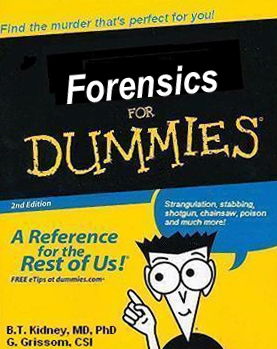





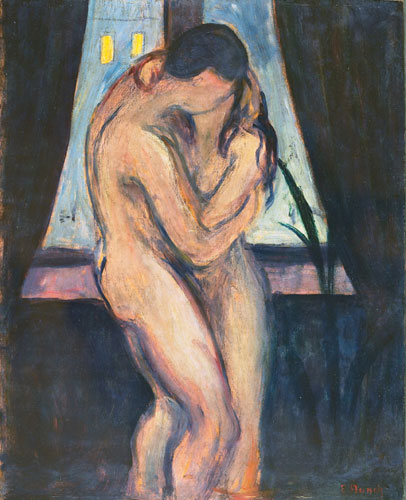
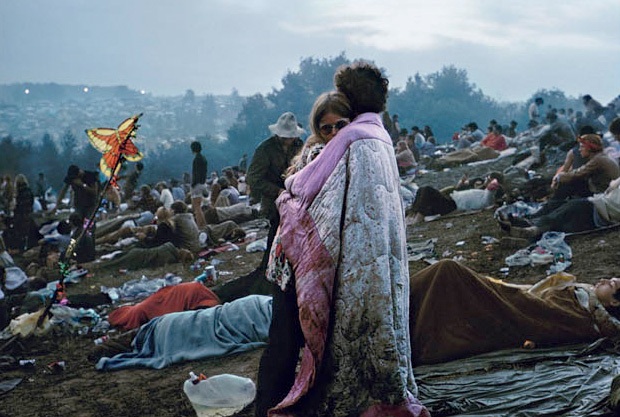
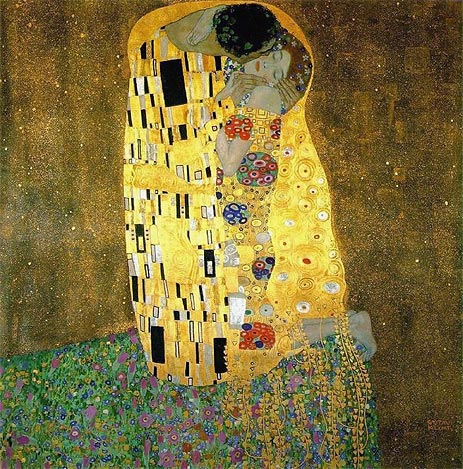
![Le Maillot Jaune [The Yellow Jersey] Le Maillot Jaune [The Yellow Jersey]](http://www.billythekidney.org/pics/bbn_1-maillot-jaune.jpg)
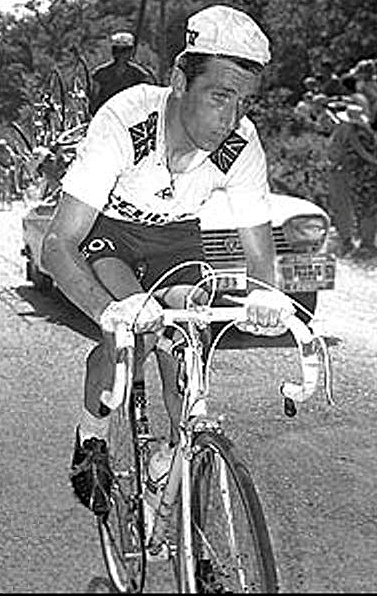
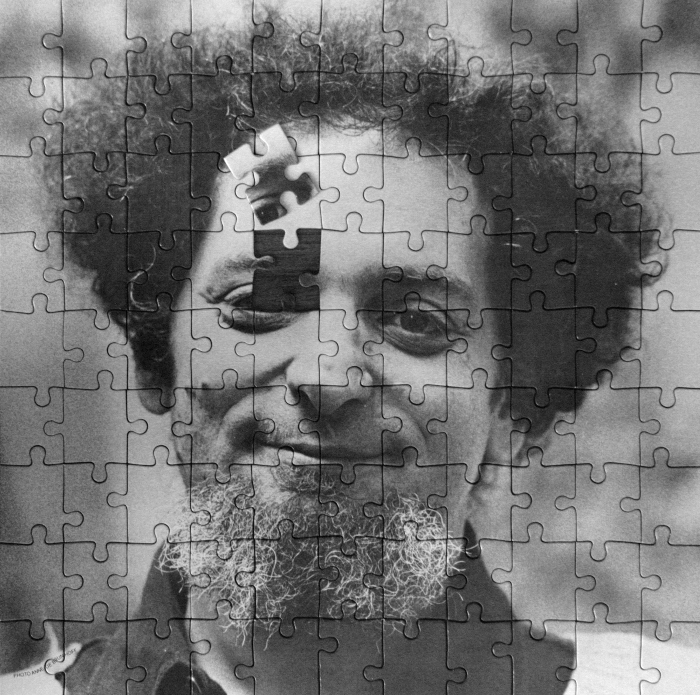

 I did not know though that another void was just about to occur, when my I had my laptop fell from a table three weeks ago and its hard drive broke. Another aching void and a lot of work to do again, because I had not performed any save for a month or so. Anyway, I am back now.
I did not know though that another void was just about to occur, when my I had my laptop fell from a table three weeks ago and its hard drive broke. Another aching void and a lot of work to do again, because I had not performed any save for a month or so. Anyway, I am back now. 